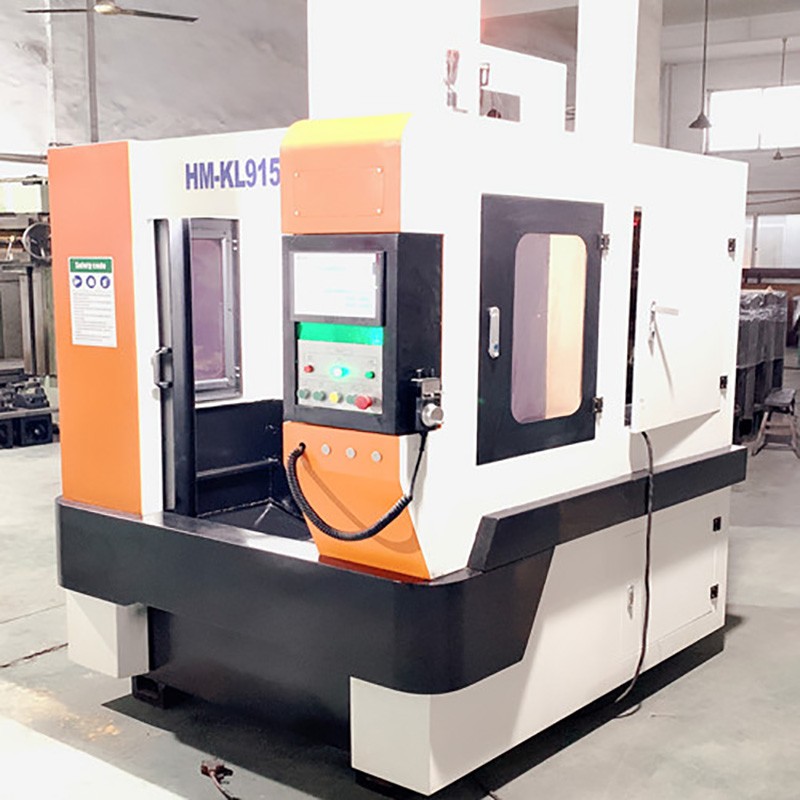The 5 Advantages of Gear Hobbing
- 19 Sep, 2022
- 4565 views
Gear manufacturing gives us lots of options. There are a handful of different processes we can use to make dozens of different gear types from dozens of different materials. Accordingly, when we choose a gear manufacturing method, it’s because it’s the best one for the job.
Gear hobbing is just one way we can manufacture gears. It relies on a special form milling machine with a tool known as a hob, which generates the teeth in both gears and splines.

CNC 5 Axis High Speed Gear Hobbing Machine
So What Are The Advantages of This Process?
1. Speed. Some gear manufacturing processes take a long time, but gear hobbing is relatively fast. The machine is simple, so it doesn’t require as much operational attention, and for some gears, we can stack multiple units to hob them all at the same time.
2. Flexibility. There’s more than one type of hob—and more than one type of hobbing machine. There are countless variations that cater to specialized applications, so you always have options available.
3. Applications. While hobbing is often used for spur gears, the process can be used for a variety of other gears, such as cycloid gears, helical gears, worm gears, ratchets, splines, and sprockets (as long as you have the right tools for the job).
4. Related processes. One of hobbing’s only weaknesses is that it does not work for internal gears (with inward-facing teeth). However, there’s a related process called shaping that can be used instead—with all the same advantages of hobbing.
5. Precision. That said, not just anyone can operate a hobbing machine. With the right expertise, hobbing can be highly precise, resulting in high quality gears.
The Perks of Precision in Gear Hobbing
In the world of gear manufacturing, precision makes all the difference. Every stage of the process needs attention, from the initial design of the gears in a given system, to the manufacturing and finishing equipment used to create new gears, to the engineers and operators in charge of overseeing the final production of each gear.
Why Precision is So Important?
Better structural integrity. Gears that have been designed professionally, with keen attention to detail, tend to have better structural integrity. Those that have no manufacturing or design flaws, will hold up longer over time.
A better fit. Most gears end up in machines that require a perfect or near-perfect fit. If the gear teeth are out of position by any amount, it will compromise the efficiency of the machine and might lead to gear failure.
Less noise. A gear poorly manufactured gear may also result in more noise in the final application.
Less wear and tear. Finally, gears with even the tiniest imperfections can lead to increased wear and tear; if they don’t fit properly or they have existing defects, those defects will only grow over time. This leads to a lower life expectancy for your gear, and in some cases, an entire failure of your machine. This is especially noteworthy because of how subtle the imperfections can be—practically invisible to the naked eye.
If you’re eager to learn more about the gear hobbing machine, or if you have an order you’re ready to place, contact GEEPRO today! We’ll have a quote back to you in less than 24 hours.
- Category:
- Business
- No comments



